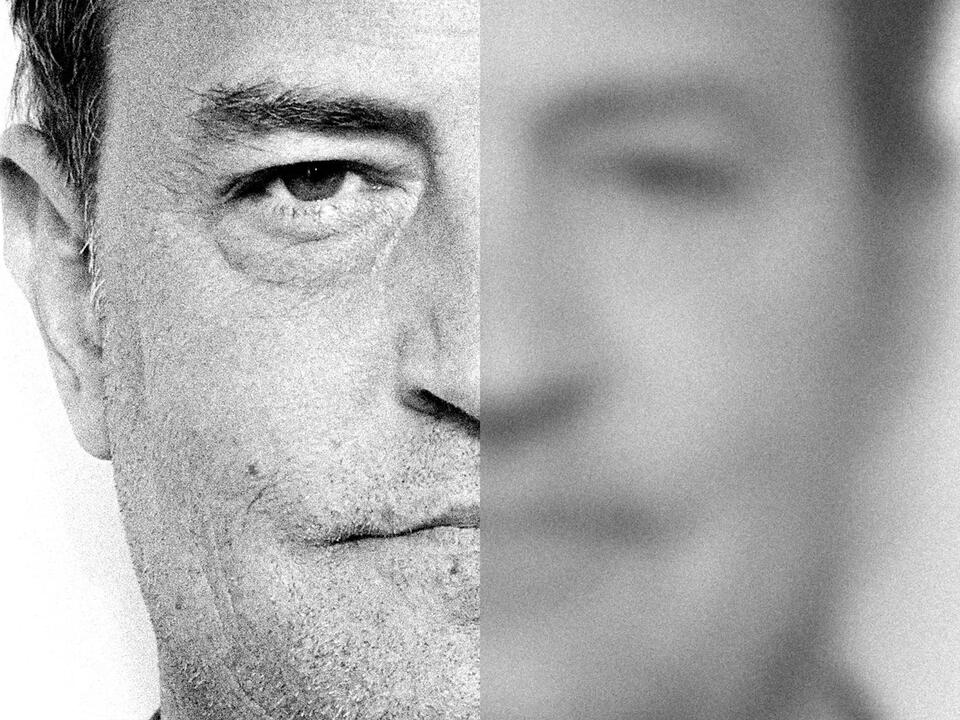Physical Address
304 North Cardinal St.
Dorchester Center, MA 02124
Physical Address
304 North Cardinal St.
Dorchester Center, MA 02124

The last time I did ketamine, inside San Diego’s Kadima Neuropsychiatry Institute, my hallucinatory experience had a familiar comfort. I found myself surrounded by what I call my crimson corduroy cathedral. Suddenly, the supportive walls gave in, and I was enveloped in utter blackness. Unlike Matthew Perry, who reportedly once thought during a ketamine trip, “Oh, this is what happens when you die,” I could only manage to croak out a call for help, “Halp, hey, halp!” Moments later, soothing voices and soft touches reassured me. A few hours later, I was extraordinarily grateful to be alive, a new feeling that made Perry’s passing hit especially hard.
Perry’s death in 2023 due to ketamine’s acute effects raised many questions for me. How could a substance that had saved me during 16 treatments across 11 months in 2019 fail him so profoundly? Recent developments have only muddled the picture. Five individuals have been arrested for contributing to Perry’s ketamine abuse: two doctors, a movie director intermediary, a drug dealer known as the Ketamine Queen, and Perry’s assistant Kenneth Iwamasa, who injected Perry with ketamine up to eight times a day.
On October 28, 2023, Iwamasa gave Perry a dose early in the morning, after which he played pickleball, returned home, got another injection at 12:45 p.m., and requested another dose 40 minutes later. Perry’s fame, past health battles, and trust in Iwamasa, his assistant of over 25 years, did not safeguard him from the fatal cocktail of neglect and abuse. When Iwamasa returned from errands, he discovered Perry upside down in his jacuzzi. Despite efforts to hide the ketamine-related paraphernalia, it was too late. Perry was pronounced dead at 4:17 p.m.
The medical examiner highlighted Perry’s long history of drug abuse, which had ostensibly ended 19 months before his death. Perry’s last ketamine treatment was reported to be a week and a half prior to his demise. Investigators found an assortment of medications and nicotine-related products but no illicit drugs. This raises the question of ketamine’s role. Perry’s blood contained ketamine levels eight times higher than therapeutic doses, leading to cardiovascular overstimulation and respiratory depression. The presence of buprenorphine, used to treat opioid addiction, exacerbated the ketamine’s effects.
The high-profile nature of Perry’s death has stirred controversy among proponents of ketamine therapy. Critics argue that headlines emphasizing ketamine’s role distort the broader issue of abuse versus legitimate treatment. For instance, Dr. David Feifel, a prominent advocate and practitioner of ketamine therapy, questions why drowning isn’t prominently listed as a cause of death. He emphasizes the need for careful monitoring during ketamine use because of its impact on motor control. The fact that Perry was under the influence while in water, Feifel argues, was an accident waiting to happen.
Perry’s tragic death has fueled anti-ketamine sentiment and comparisons to the opioid epidemic. DEA Administrator Anne Milgram referred to rising ketamine abuse levels without highlighting that overdose deaths from ketamine are not tracked separately. Ketamine, on the World Health Organization’s List of Essential Medicines, has a relatively safer profile compared to Schedule II drugs like fentanyl.
Ketamine first emerged in medical use during the Vietnam War and later became popular in the club scene during the 1980s. Despite the murky path from medical use to recreational use, by 2019, its efficacy in treating depression led to FDA approval of a nasal-spray version called esketamine. However, Perry’s experiences with ketamine, documented in his autobiography, were less hopeful. He depicted a dismal journey involving ego death and rough comedowns, ultimately deeming it unsuitable for him.
Perry’s case is an anomaly wherein a treatment revered for its success against stubborn mental health conditions led to ruin. He essentially used ketamine to cope, bypassing the therapeutic structure designed to support recovery. Legitimate ketamine therapy involves careful administration and monitoring, potentially combined with talk therapy, to help break negative mental loops resistant to other treatments.
The legal fallout from Perry’s death includes serious charges against those who supplied and administered the drug. Perry’s assistant Iwamasa faces up to 15 years in prison, while other implicated parties face sentences ranging up to life. U.S. Attorney Martin Estrada condemned the defendants for risking Perry’s life in pursuit of profit.
Perry’s death underscores the complexities of managing mental health issues and substance abuse, especially when leveraging potent treatments like ketamine outside controlled environments. It serves as a cautionary tale of the perils of self-administration and the dire need for professional oversight. For Perry, it led to a tragic end that resonates deeply with those who see the potential benefits in ketamine therapy when used responsibly.
Source: source names



